No, now we will not talk about the well-known “crab sticks” or “red caviar”, but about some other products in which we are sincerely mistaken, considering this product to be natural. 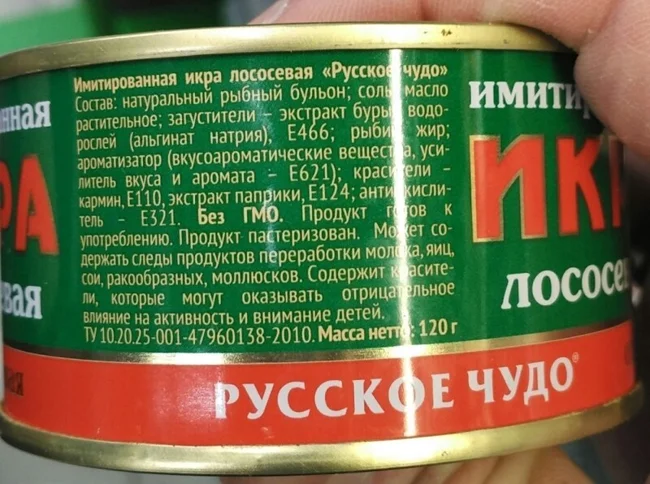
Can you guess what we're going to talk about?
1. Korean asparagus 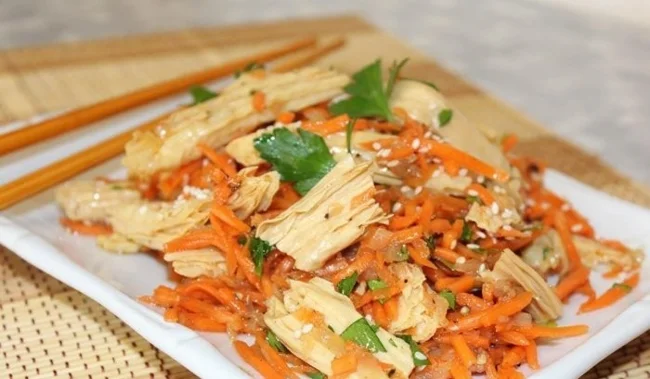
Connoisseurs of Asian cuisine have probably tried the “Korean-style asparagus” salad. But not everyone knows that it has nothing to do with real asparagus. It is not clear why it is called that in the CIS countries, but in fact it is fuju - a product obtained from the processing of soybeans. The process of obtaining it is quite complicated. Soybeans are soaked, ground, boiled and strained. The resulting soy milk is boiled and simmered for a long time until a thick film appears. It is removed with special sticks and hung to dry. These dried, wrinkled strips of film are fuju, or yubu in Japanese. It is under these names that this product is known throughout the world. And real asparagus is the shoots of the perennial herbaceous plant Asparagus. 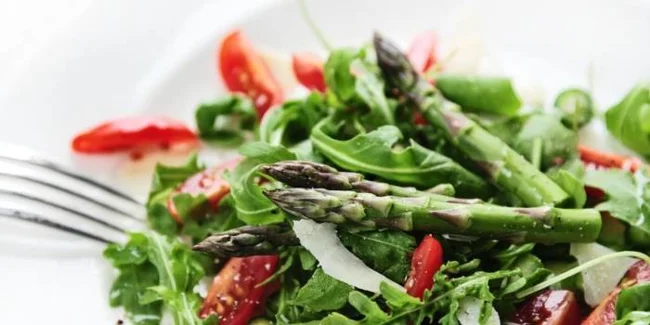
This is what a real asparagus salad looks like.
2. Wasabi 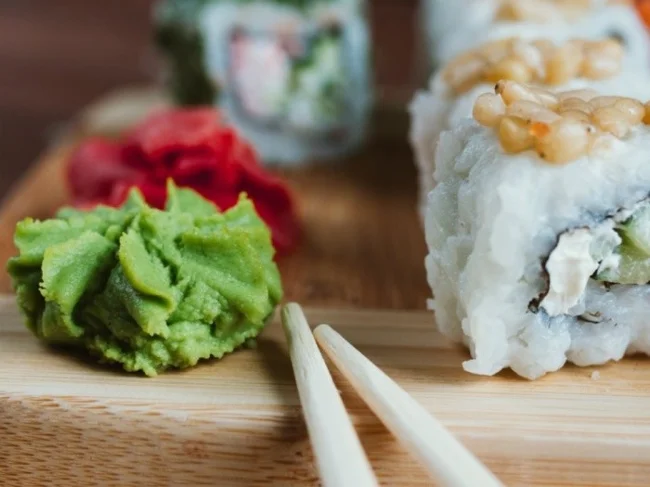
Almost all wasabi in restaurants is imitation.
Rolls and sushi served to the table are always accompanied by wasabi seasoning. But if you have a rare opportunity to compare the taste of the sauce that we serve with an authentic additive obtained from Eutrema japonica, not only a picky gourmet, but also an ordinary person will notice the difference. The fact is that real wasabi can only be found in Japan, since after collection the plant quickly loses its properties and cannot be transported.
It is difficult to cultivate due to the special growing conditions: moderately warm climate, high air humidity, well-drained soil, running water from mountain streams - cool and absolutely clean. The plant grows very slowly, the rhizome matures by 3-4 years. Because of this, it is expensive - $250 per kilogram. But not everyone is ready to pay 3 to 5 dollars for a ball of real wasabi. Therefore, the chefs came up with an imitation: a mixture prepared on the basis of horseradish with the addition of mustard and dyes. 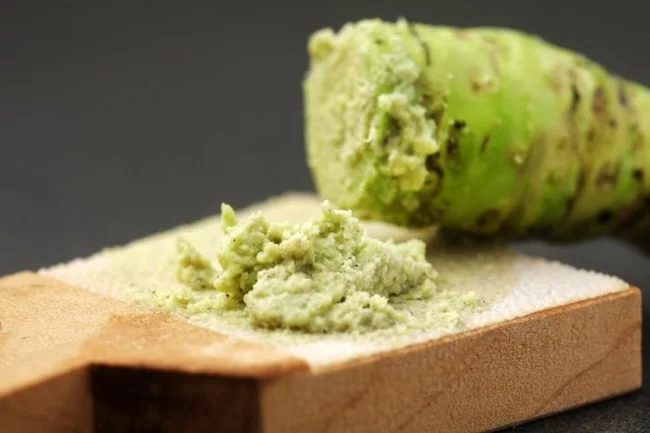
The root of real wasabi is only grated on a special grater before serving.
A seasoning made from real wasabi grown in the wild is called honwasabi. This is a great rarity, available to few people even in Japan. The more unpretentious and less expensive wasabi daikon is grown on an industrial scale. It is sold in the market in the form of paste, powder or tablets.
3. Vanilla 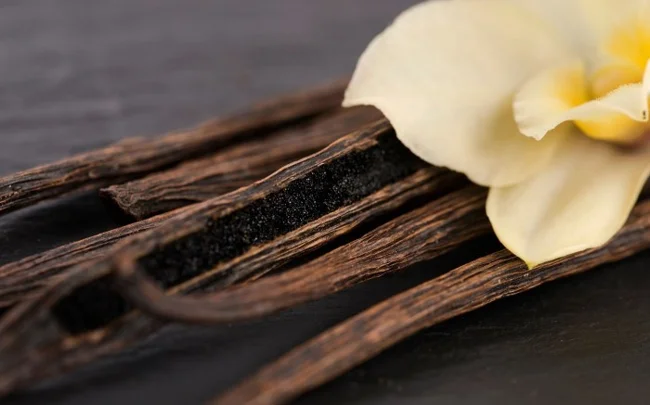
Real vanilla comes from the pods of the Vanilla planifolia orchid.
Vanilla is a spice with a rich, memorable aroma, widely used in cooking. But what do we put in baked goods? Basically, vanillin and this ingredient are not obtained from real vanilla, as one might think. It is produced chemically and is inexpensive. And real vanilla ranks second in price after saffron. The breathtakingly smelling pods of the tropical orchid are in short supply and the demand for them is constantly growing.
The price for especially high-quality vanilla can reach up to 500-600 dollars per kilogram. This high cost is due to the complexity of growing the crop and subsequent labor-intensive processing. In nature, the Vanilla planifolia orchid, from which vanilla is obtained, grows in the Mexican jungle and only there is a wild bee from the genus Melipona - the only insect capable of pollinating a flower. Therefore, on plantations, plants are pollinated by hand. The fruits are also picked by hand, and the long process of drying and ripening of the spice begins. All this determines the high cost of natural vanilla.
4. Cinnamon 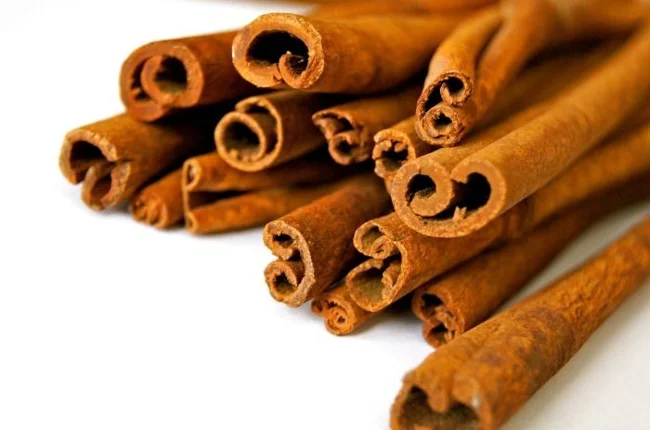
Cassia looks rougher.
Cinnamon is a popular aromatic spice that adds a special flavor to apple pies, coffee and other foods and drinks. It is in any store and you can always buy it. But are we really getting real cinnamon? Most often this is her “twin sister” – cassia. They taste and smell similar, but there are also significant differences. Real cinnamon is an expensive spice with a subtle pleasant aroma, soft and sweetish taste. It is obtained from the bark of the Cinnamomum zeylanicum tree, which grows primarily in Sri Lanka and western India. The tubes are quite fragile and crumble easily due to their not very dense structure.
Cassia, or false cinnamon, is much cheaper, its aroma is strong, even “aggressive,” and its taste is rich and bitter. The source of the spice is the bark of the Chinese cinnamon tree Cinnamomum aromaticum, which is cultivated in China, Indonesia and Vietnam. Cassia tubes are darker, thicker and denser, making them difficult to grind.
If you are used to cassia, then real cinnamon may disappoint with its less pronounced smell. Therefore, for baking, authentic spices will have to be consumed in larger quantities so that the taste is noticeable. Brewing coffee or tea is another matter. Here, real cinnamon fully reveals its noble aroma. Unlike cassia, it is not bitter and emphasizes rather than interrupts the taste of drinks. 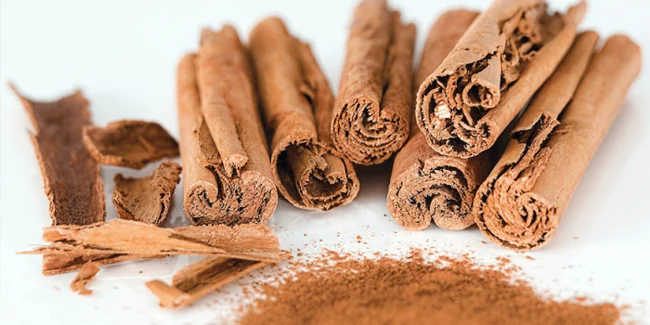
Real cinnamon sticks have a looser structure.
0 comments
